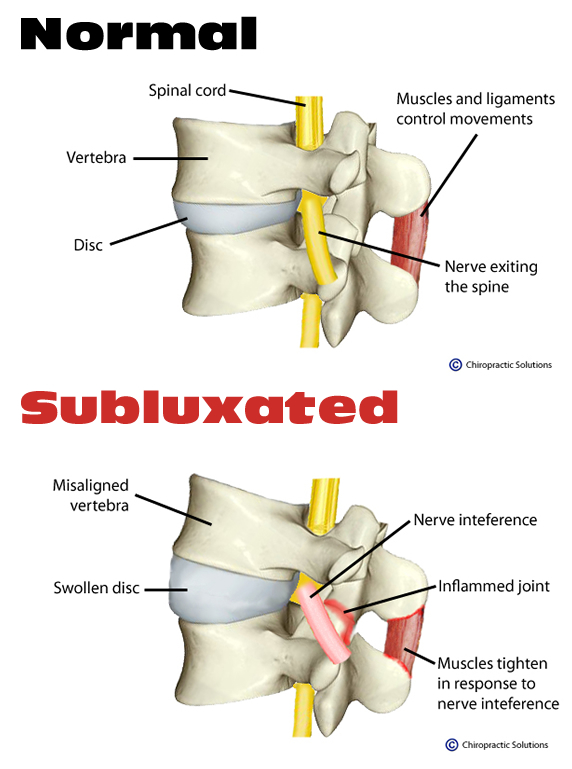EAR INFECTIONS

Acute Otitis Media (AOM) is an infection of the middle ear from either bacteria or a virus.
- Acute otitis media is the second most common reason for a FP visit; it accounts for 10-15% of all childhood visits to the doctor.
- It is the most common reason for prescribing antimicrobial drugs.
- Around 60% to 85% of children have AOM during the first year of life
- The risk factors for AOM are young age and attendance at a day care facility or nursery (1)
ANATOMY
The ear is divided into the outer, middle and inner ear. The external or outer ear consists of the structures that you can see: the auricle and the auditory canal. Between the outer and the middle ear is the eardrum, or tympanic membrane. The middle ear houses three small bones, called ossicles that transmit sound to the inner ear and the Eustachian tube. The Eustachian Tube is a structure that connects the middle ear to the back of your nasal cavity and upper throat. When it is functioning normally, it makes the pressure inside the middle ear the same as the pressure outside the body. The Eustachian tube also drains any fluids that may have built up in the middle ear. The inner ear consists of the cochlea, which contain the nerves for hearing; the vestibule, and semicircular canals, that have receptors for balance.
In the case of an ear infection, the Eustachian tube is usually the culprit. The Eustachian tube remains closed until the person chews, yawns or swallows. If the person has a cold, or an infection, the fluid in the sinuses can back up into the Eustachian tube. In an adult, the Eustachian tube is angled, making drainage easier. In small children, the Eustachian tube is less angled and more parallel to the ground, making if harder for fluid to drain out of the ear.

Acute otitis media is typically diagnosed by the symptoms of pain in the ear or if the ear drum is red and bulging, indicating that there is fluid in the middle ear. It would make sense that fluid buildup behind the eardrum would cause a lot of discomfort. The problem is, just because there is fluid present, does not mean that there is an infection! In children who are teething, extra saliva is present in the mouth and that fluid can back up into the Eustachian tube.
CONVENTIONAL TREATMENT MAY BE HARMFUL
When the diagnosis of an ear infection is made, typically antibiotics are prescribed to treat it. These antibiotics are given despite having proof that an actual infection is present. There is a appropriate time to use antibiotics, but there is more and more research coming that we are overusing antibiotics and that is leading to resistant bacteria and weaker immune systems.

Studies of children in day care showed that 54% of the youngsters with ear infections had a penicillin resistant form of the streptococcus that commonly causes children’s ear infections. Sixty percent of children with ear infections had a form of resistance to at least one type of antibiotic. (2)
“Chronic middle ear problems in children have not diminished, despite the number of antibiotics being used to treat them. We have created a whole new kind of ear problem. We have used antibiotics so excessively in the first year of life that we have depressed the development of the child’s immune system.” (3)
Walter Belenky, M.D.
YOUR IMMUNE SYSTEM IS LINKED TO YOUR NERVOUS SYSTEM
“It used to be dogma that the brain was shut away from the actions of the immune system, shielded from the outside forces of nature. But that’s not how it is at all. It turns out that the brain talks directly to the immune system, sending commands that control the body’s inflammatory response to infection and autoimmune diseases.” (4)
Medical News Today
“The nervous system plays an important role in both the control and activity of the immune response. The sheer power of the brain to affect the body as a whole and general state of health is amazing.” (5)
HUMAN ANATOMY AND PHYSIOLOGY

The nervous system consists of the brain, spinal cord and nerves. Messages are sent to and from the brain to every part of the body through the spinal cord and the nerves.

Protecting your spinal cord are 24 moveable bones called vertebrae. The nerves branch off the spinal cord and exit in between the vertebrae.
However, these vertebrae can become misaligned. When that happens, pressure can be put on the nerve in between those bones. This is called a vertebral subluxation. When a subluxation occurs and pressure is put upon the nerves, the nervous system can no longer function the way it should. As the immune system is tied so closely to the nervous system, an improperly functioning nervous system means an improperly functioning immune system.
THE CHIROPRACTIC SOLUTION
Chiropractors are the only doctors trained to locate, analyze and correct vertebral subluxations. When chiropractors help the body put the vertebrae back into proper alignment, the nervous system improves and the immune system improves!

REFERENCES
- Can Fam Physician. 2007 Dec; 53(12): 2147–2148.
- Langely, L. (1998, April 15). “Antibiotics Overused, Doctors Say.” The Post and Courier.
- Begley S, W. (1994, March 28). “The End of Antibiotics.” Newsweek, pp. 47-51
- Medical News Today, Direct Route From Brain To Immune System Discovered By Scientists, Oct, 2007.
- Marieb, E. Human Anatomy and Physiology. Benjamin Cummings Publishing Company, p. 179.

